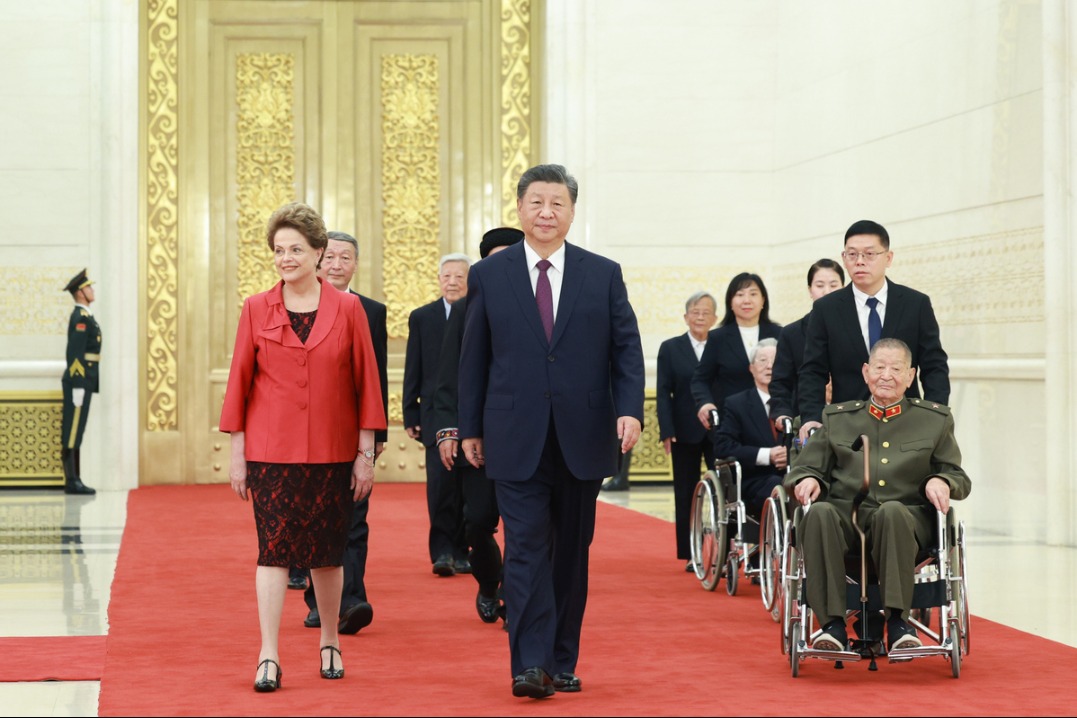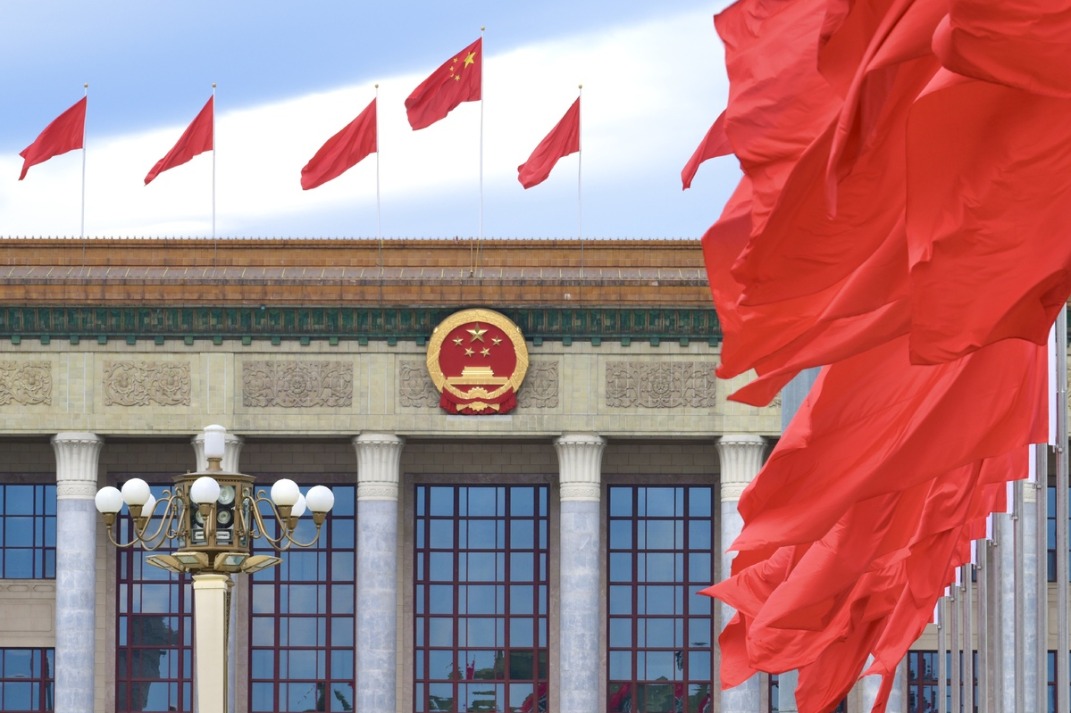BOE riding high on OLED boom, internet of things
By FAN FEIFEI | China Daily | Updated: 2024-09-05 09:54
Chinese display panel maker BOE Technology Group Co Ltd will invest more than 100 billion yuan ($14.05 billion) in technological research and development by 2030, and is doubling down on new-generation semiconductor displays represented by organic light-emitting diodes, a top company executive said.
Chen Yanshun, chairman of BOE, said the company has accumulated core technological capabilities in the training of artificial intelligence-powered models, big data and the internet of things, and is focusing on bolstering the integration of AI with the manufacturing sector in hopes of empowering semiconductor displays by leveraging cutting-edge AI technology.
Chen made the remarks during the BOE Global Innovation Partner Conference 2024 — the company's annual gathering for global partners in the display industry — which kicked off on Wednesday in Beijing. He highlighted BOE's transformation from a display supplier to an innovation-oriented internet of things firm.
The global semiconductor display industry saw a temporary recovery in the first half, but effective demand from consumer devices remains insufficient, Chen said, adding that fast-growing AI technology is spearheading the evolution of traditional industries.
BOE is stepping up efforts to bolster the application of displays in a wider range of scenarios by integrating more features and forms, deepening cooperation with partners of industrial chains, improving technological innovation capacities and driving the digital transformation of various industries, Chen said.
The company is accelerating steps to expand its presence in the OLED display tech sector, which boasts immense application potential in various fields such as vehicle-mounted displays, smartphones, televisions and wearable gadgets.
Compared with traditional liquid crystal displays, OLED is a relatively new technology and part of the latest innovations in displays. It boasts great improvements in terms of image contrast, brightness and color spectrum.
Currently, BOE owns three flexible active-matrix organic light-emitting diode production lines in Chengdu and Mianyang in Sichuan province, as well as in Chongqing.
It has announced plans to invest 63 billion yuan to set up a new AMOLED production line in Chengdu. The products will mainly be high-end touch screens such as those used on mid-sized laptops and tablets.
Market research firm Omdia said BOE secured the top position nationwide in terms of shipments of flexible OLED panels last year, and ranked second worldwide behind Samsung.
According to Sigmaintell Consulting, a Beijing-based market research firm, global shipments of OLED panels will likely reach 710 million units this year, an increase of 14 percent year-on-year, with the vast bulk of these products to be used in smartphones — likely reaching 680 million units in 2024.
Moreover, an increasing number of OLED panels are gradually being applied in tablets, laptops and mid-sized electronic devices. The penetration rate of OLED panels used in tablets is expected to increase from 5.7 percent in 2024 to 17.9 percent in 2028, said the consultancy.
China will overtake South Korea to become the biggest OLED manufacturer this year, as more Chinese companies have invested large sums in production lines, said Zhou Hua, chief analyst at CINNO Research, a Chinese flat panel display consultancy firm.
Zhou said that at present, China has become the world's largest display panel producer and is expected to account for about 76 percent of global OLED production capacity by 2025.
Li Yaqin, general manager of Sigmaintell Consulting, said demand for flexible OLED panels used in foldable smartphones will continue to rise on the back of 5G commercial applications. Panel makers should further improve their yield rate capacities and reduce production costs.
The penetration rate of OLED displays in the mobile market is expected to reach 50 percent by 2024, Li said, adding that flexible OLED panels will likely gain popularity in midrange smartphones, which will sell for at least 2,500 yuan by 2025.
























